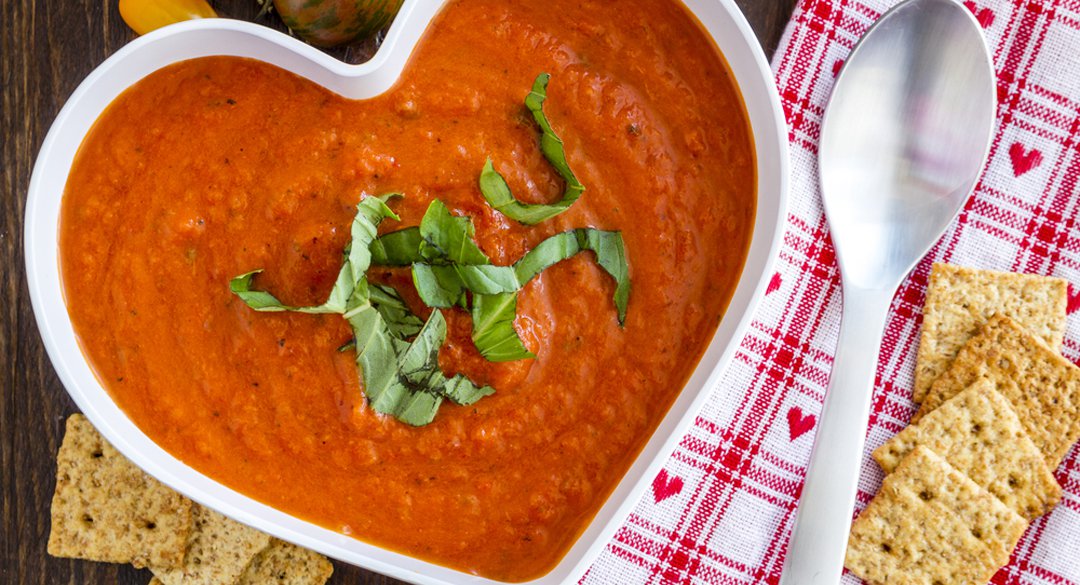
When you shop for food, do you spend more time cruising the perimeter for fresh products — raw produce, meats, bakery items and fresh prepared foods – or strolling the middle aisles for pre-packaged fare?
It turns out, more of us are foregoing packaged food and embracing the fresh. According to The New York Times, sales of fresh prepared foods have grown nearly 30 percent since 2009, while sales of center-of-store packaged goods have started to fall. Sales of raw fruits and vegetables are also growing; among children and young adults, per capita consumption of vegetables is up 10 percent over the past five years.
As The New York Times reports, “The outlook for the center of the store is so glum that industry insiders have begun to refer to that space as the morgue.”
The center of the store isn’t just a “morgue” because fewer people are shopping there; it’s also where food goes to die. By the time it arrives on the shelf, most packaged food has been stripped of its nutritional value and preserved for eternity with sugar, chemical emulsifiers, artificial colors and flavors, and genetically modified oils.
This unappetizing thought made me re-examine my own shopping habits. While I like to think of myself as one of those righteous perimeter shoppers who mostly buys fresh produce and freshly prepared foods, I do still stroll the middle aisles for many staples.
I started wondering: what do I buy in a bag, bottle or can, that I could just as easily make myself?
1. Salad Dressing
Many popular brands of salad dressing are full of high fructose corn syrup and other additives that your body doesn’t want or need. Take two minutes to whip up your own dressing at home.
Just mix two or three parts extra virgin olive oil to one part apple cider vinegar, plus salt and pepper, in a small jar and shake. Once you get the basic ratio down, experiment with using walnut or sesame oils with lemon juice, rice vinegar or balsamic. Add extra flavor with pesto, a dash of soy sauce or Worcestershire, crushed garlic or grated Parmesan cheese — you may never go back to the bottle.
2. Popcorn
If the smell of burned microwave popcorn isn’t enough of a turn-off, you might be spooked by a couple chemicals lurking in that bag. One of the most worrisome is perfluorooctanoic acid (PFOA), an emerging contaminant the EPA links to tumors, thyroid disease that occurs when the bag heats up. Another chemical often used in some artificial butter flavoring – diacetyl – has been linked to a debilitating lung condition in people who work in microwave popcorn factories.
For a healthier and cheaper alternative, go old-school and pop it on the stove. Add 3 tablespoons of olive or coconut oil to a 3 to 5 quart heavy pot with a lid over medium heat. Add two test kernels and once the first one pops, add 1/3 cup popcorn. Put on the lid and shake the pot over the heat. As soon as the pops slow down to one at a time, turn off the fire and transfer the popcorn to a bowl.
3. Tomato Sauce
Commercially prepared tomato sauce is another surprising source of hidden sugar; some brands have 20 grams of sugar per cup or more. (Why do they add so much? To make up for using low-quality ingredients and artificial flavors!)
You can make your own delicious, healthy sauce in seconds by pureeing softened sun-dried tomatoes with a few fresh tomatoes, fresh basil, garlic and a drizzle of olive oil. Once you perfect the recipe, you can even turn it into a curry sauce by adding soaked raw cashews, fresh cilantro, ginger root and curry powder.
4. Beans
Canned black beans, lentils and garbanzos seems pretty harmless, but there can be a lot of extra salt added during processing (not to mention the mushy texture and the added cost). Why not make them fresh? Assuming you don’t need the beans right away, there’s nothing simpler than pouring dried beans into a pot of water and turning on the stove.
And contrary to popular believe, there’s no need to soak beans overnight. In fact, some cooks find that the unsoaked ones taste better. Just be sure to sort your dried beans to remove any stones or debris.
5. Trail Mix
Picking up an energy bar instead of a Snickers might make you feel healthy, but many energy bars can have enough sugar to qualify as candy.
Create your own healthy energy snack by mixing one part raw or dry-roasted nuts like almonds, walnuts, pistachios or cashews, with one part sunflower or pumpkin seeds. For sweetness, add one part low-sugar dried fruit like cranberries, goji berries, dehydrated blueberries or strawberries, and get a healthy crunch and a little protein from toasted oats, puffed rice or quinoa. You can even finish it off with a few dark chocolate chips so it feels like a treat.
The One Medical blog is published by One Medical, a national, modern primary care practice pairing 24/7 virtual care services with inviting and convenient in-person care at over 100 locations across the U.S. One Medical is on a mission to transform health care for all through a human-centered, technology-powered approach to caring for people at every stage of life.
Any general advice posted on our blog, website, or app is for informational purposes only and is not intended to replace or substitute for any medical or other advice. 1Life Healthcare, Inc. and the One Medical entities make no representations or warranties and expressly disclaim any and all liability concerning any treatment, action by, or effect on any person following the general information offered or provided within or through the blog, website, or app. If you have specific concerns or a situation arises in which you require medical advice, you should consult with an appropriately trained and qualified medical services provider.